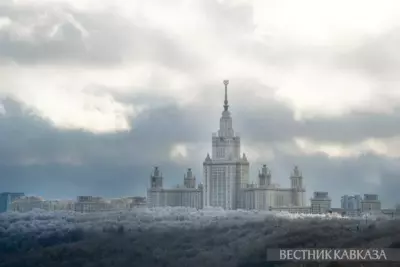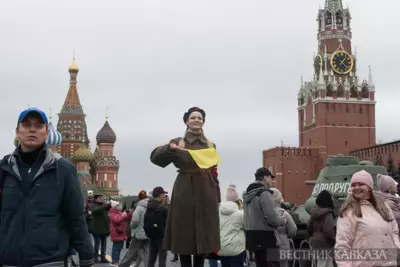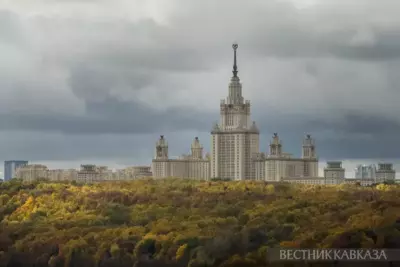… when oil is used reasonably
Let’s move to another sub-region of the CIS – the South Caucasus. Only Azerbaijan has something to be proud of. Even in Russia export surpasses import by 1.5 times, while Azerbaijan reached the level of trice surpassing. For 10 months of 2011 Baku sold products for $22 billion and bought by $7.6 billion.
The other difference between Russia and Azerbaijan is that 75% of Baaku’s export is products of the state sector economy, which deals with filling the state budget. Reserve assets of the country had grown by $10 billion during 10 months of 2011.
Capital investments into Azerbaijani economy were $12.7 billion for 11 months of 2011. It is a bright contrast in comparison with Ukraine, where $12.5 billion of capital investments were considered by the Ukrainian Cabinet of Ministers only as a strategic objective, which had never been achieved. It is notable that population of Ukraine is fivefold more than population of Azerbaijan.
Of course, this prosperity is reached by oil export, which is 90% of the whole export of the country. But there is no threat of oil price dropping in the nearest future. Oil consumption might be threatened by creation of cheap thermo-nuclear energy and total shifting to electric engines in cars. However, this threat lies in the sphere of science fiction.
Economy of nonsense
Unfortunately Azerbaijan’s neighbors have worse situation. According to the 2010 rating of the US CIA of purchasing power parity, Georgia took 153th place with $4800 of GDP per a person, while Armenia got 139th place and $5900 of GDP per a person (Azerbaijan has $11000 of GDP per a person).
Few years ago the main export product was metal in Georgia. Today the situation becomes better – along with wine products 21% of export are re-exported cars, 12% - ferroalloys and 7% - nitrogenous fertilizers. As for crisis resistance of such export, Georgia can be confident only in the last item – food products are always demanded, as well as fertilizers for good harvests. Nevertheless, Georgian export id only $2.19 billion, while import is $7.05 billion.
Armenia has a difficult situation either. Negative balance of foreign trade surpasses unique rates of Georgia. Export is based on three whales – mining industry, diamond lapidary and alcohol drinks.
It is very difficult to intensify trade, as the country is in isolation due to blockade by Azerbaijan and Turkey. The Nagorno-Karabakh conflict exhausts Armenian economy. Recent criminalization of denying genocide of Armenians by France brought more harm than good for Yerevan. Warming of Armenian-Turkish relations might be shifted to quick freeze.
However, we cannot predict future of Armenia and Georgia, relying only on official data of their economies and foreign trade. Just like in Belarus consideration of influence of objective economic laws should be used carefully. The real economic miracle is that Tbilisi and Yerevan are managed to make ends meet. For example, in 2011 Forbes put Armenia to the second place in the rating of ten worse economies of the world.
It seems two bases, which prevent two Caucasian republics from sinking, are shadow economy and money transfer from Diaspora to motherlands. In some years sums of money transfers from Armenians living in Russia surpassed official state budget of Armenia.
Geopolitical factor plays its role too. For example, Georgia is not an abstract post-Soviet republic for the USA, but an “official beholder” in the Caucasus and the CIS. Moreover, it is the last outpost of “color revolutions,” which were very popular in Washington during Bush’s presidency. Thus, Americans would hardly leave their ally to die even in the worst economic crisis.
Armenia has the similar geopolitical importance for Russia. “The last strategic ally in the Caucasus” sounds magically for Moscow, even though the military base brings more problems than benefits. The Kremlin would definitely support Yerevan in the context of economic crisis.
Of course, all predictions made in the article have a nominal character. The reality can cross all expectations in positive or negative sense. However, the scenarios for some post-Soviet states could reduce pessimistic views, which are elements of the crisis development themselves.
Yuri Kramar exclusively to VK






